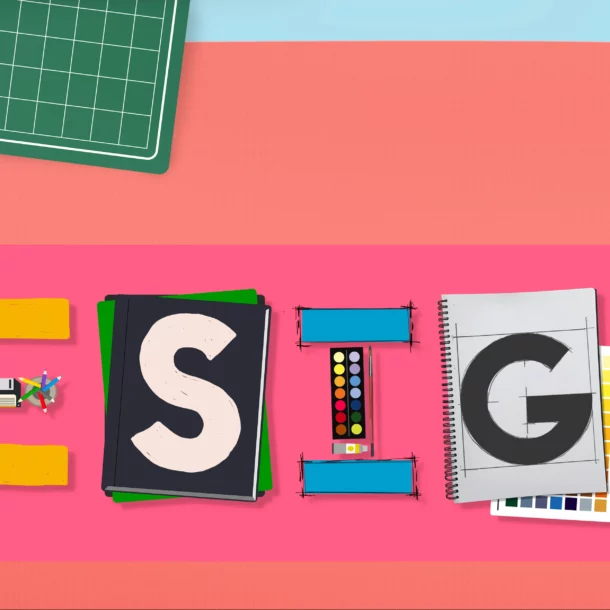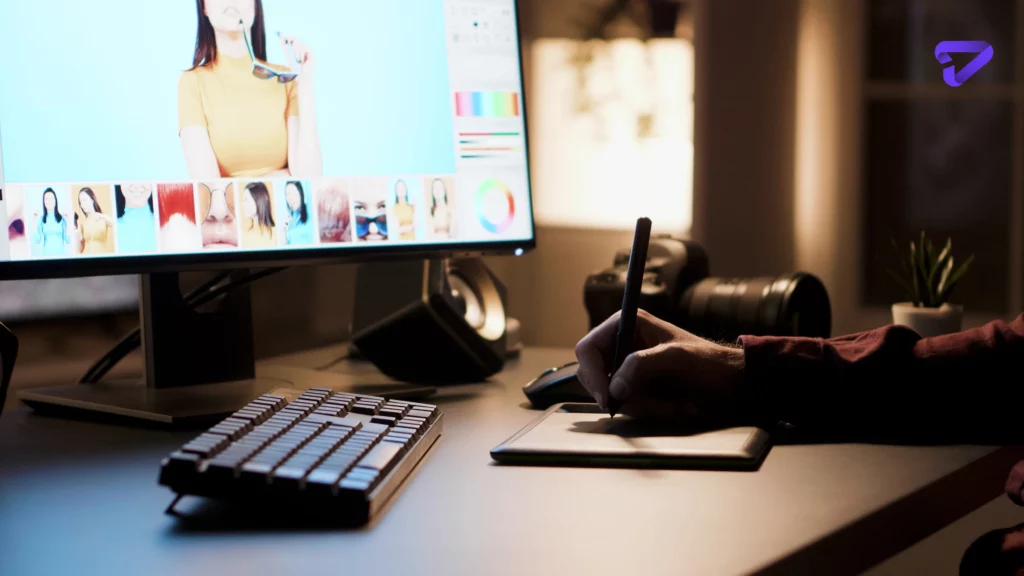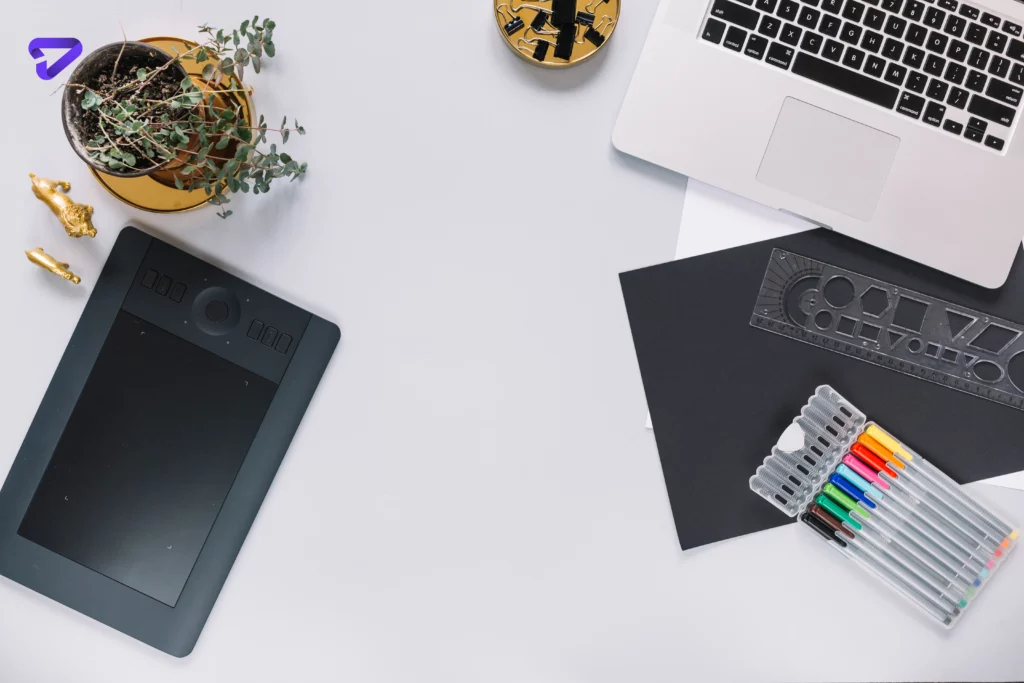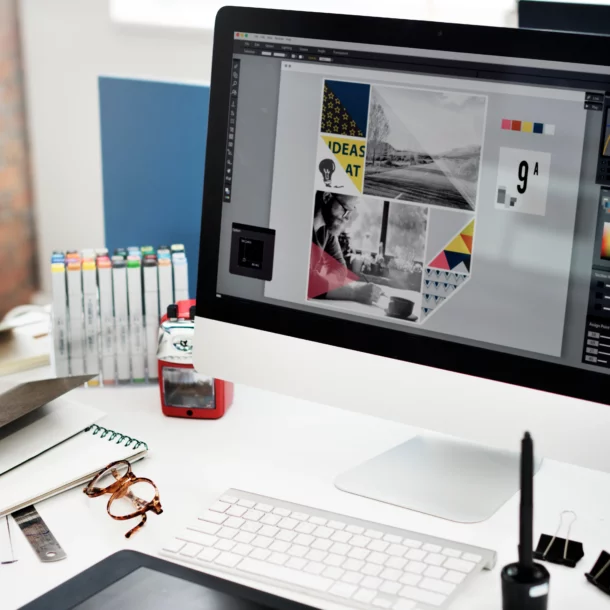
Is it stressful to be a graphic designer?
Is it stressful to be a graphic designer? Yes, the profession involves juggling tight deadlines, high client expectations, and constant creative demands. Despite the pressure, many find the career highly rewarding and fulfilling due to the creative freedom and opportunities for innovation.
the point of view of national university about being a graphic designer can help you make better decision.
An Inside Look at the Ups and Downs
When I first decided to pursue a career in graphic design, everyone had something to say about how stressful the job would be. Deadlines, picky clients, long hours – the list of warnings went on and on. But is graphic design stressful? Or is it only parts of the job that induce stress while other parts are incredibly rewarding?
In this post, I’m going to take you on my graphic design journey so far – the highs, the lows, and everything in between to see is being a graphic designer stressful. I’ll share real stories from my own experiences to give you an honest look at what it’s really like to work as a designer each day. By the end, I think you’ll see that while stress is definitely part of the job at times, being a graphic designer is far from the doom and gloom picture others like to paint. And also if you’re wondering is it hard to be a graphic designer? We get to the bottom of that, too.
To be a graphic designer means embracing a career filled with creative challenges and high expectations, which can lead to stress but also offers immense satisfaction and opportunities for growth.
The Anxiety of Artistic Perfectionism
One source of stress I’ve found stems more from within myself than from any external factors – my artistic perfectionism. When starting out, I put tremendous pressure on myself to consistently produce completely flawless designs. I’d spend hours obsessing over minute details or color choices, worried that anything less than perfect wouldn’t cut it.
Over time, I’ve learned that artistic perfection is simply impossible. While quality and attention to detail are essential, I had to stop viewing every minor imperfection as a failure. Now, I can manage expectations and let go earlier so I don’t drive myself insane, polishing tiny elements no one else will ever notice. This has dramatically reduced stress levels.
The reality is clients also understand design is an imperfect art. As long as the end product effectively communicates its purpose and you demonstrate solid problem-solving skills to get there, minor flaws won’t make or break you. The sooner you accept this, the less you’ll torture yourself.

Dealing with Difficult Clients...Rarely
Gives a funny yet telling story about handling an overly demanding client with an unreasonable vision. Explains how setting boundaries and sticking to expertise ultimately resolved things positively.
While nightmarish clients exist, in my experience, complicated ones are pretty rare. Most want to work with you as a team. Clear communication upfront on needs, limitations, timelines, and costs prevents many issues. Managing expectations is key – when clients understand realistic scopes versus unreasonable demands, tensions melt away.
Of course, challenges will arise in any relationship, professional or personal. But with compassion and compromise on both sides, graphic designers have the creativity, technical skills, and experience to navigate rough patches successfully. Overall, client relationships are advantageous when built on mutual understanding and respect.
Finding Flexibility Solutions
“One of the most pleasant surprises since starting my career has been how flexible some graphic design jobs and companies can be. While deadlines are always part of the industry, many clients and teams are open to designing projects without rigid 9-5 structure if other arrangements allow you to do your best work.”
Share a personal story about approaching a boss about an alternative flexible schedule that allowed for more focused time during creative “flow” periods while still meeting objectives and deadlines. Explains how it enhanced work quality of life balance.
Deadlines are part of the job, but they don’t need to induce stress if you have flexibility options. Expressing needs to supervisors can open doors, and clients also want the best results – sometimes more flexible timelines provide that. This was a reminder that anyone willing to speak up may find more accommodations possible than they realize. Stress levels stay lower as a result.
Constant Growth As An Antidote To Burnout
One of the most rewarding parts of being a graphic designer is that the job provides endless opportunities to learn and improve your skills continuously. Sure, late-night reworking projects can zap your energy. But staying sharp professionally reinvigorates your passion and makes all those long hours worthwhile.
I keep my skills and knowledge sharp through continuous learning. This involves things like mastering the latest design software, exploring current visual trends, taking specialized courses, and testing new mediums on self-directed projects. By consistently challenging and growing my expertise in these manners, it fuels my passion and prevents burnout from the day-to-day responsibilities of the job. Lifelong education reinvigorates my work and ensures I’m delivering the highest quality designs.
Constant stimulation challenges me to keep expanding my expertise, resulting in higher quality work I’m proud of. Clients also respect a designer dedicated to growth. Lifelong learning transforms graphic design from a role that could burn you out into a deeply engaging career that stays fresh and exciting.
So, is being a graphic designer as stressful as people claim? While stressful times exist, as in any job, I’ve found that managing expectations, focusing on strengths over flaws, communicating upfront, asking for flexibility when needed, and prioritizing ongoing enrichment all keep things enjoyable and balanced long-term, even through demanding seasons. At its core, graphic design provides me an avenue for lifelong creativity, making any stress worthwhile. I wouldn’t trade this career for anything!

Bonus: Tips to Consider For Becoming a Pro Graphic Designer
Can I learn graphic design on my own? Absolutely, many successful designers are self-taught, though the journey can be challenging and requires dedication, especially given the high-pressure environment of the field.
So, is graphic design hard? Can Be! If you overlook the following tips.
- Juggling multiple projects/deadlines at once can feel overwhelming, but planning your time strategically is essential. Batch similar tasks together for efficiency, and give yourself buffer time to avoid last-minute crunch periods.
- While creative and tech skills are crucial, solid organizational abilities may be an even more significant asset for reducing stress. Keeping detailed to-do lists and project tracking helps you feel more in control.
- Self-care practices like taking regular breaks, staying hydrated/fed, and separating work from home life are critical to avoid burnout over time. Don’t be shy about saying no to extra commitments if you’re already at capacity.
- The stress typically comes in waves – some weeks may be calmer, while others involve tight deadlines. Recognizing these natural fluctuations can help prevent stress from feeling constant or never-ending.
- Finding jobs that value your well-being, not just production output, dramatically helps. Cultures where overtime is expected as the norm will cause more short-term stress than balanced environments.
- Stress is also subjective – some thrive under deadlines while others prefer steadier paces. Be honest with yourself about your optimal workflow. Try different design jobs if one proves too intensive on stress levels over time.
- Support networks of peers and mentors provide motivation, strategy-sharing, and an outlet to reduce feelings of isolation that exacerbate stress. Don’t go it alone if you don’t have to!
Creative talent at your fingertips. Need a design but don’t have the resources for an in-house team? Our charlotte graphic design services make professional graphics simple.








